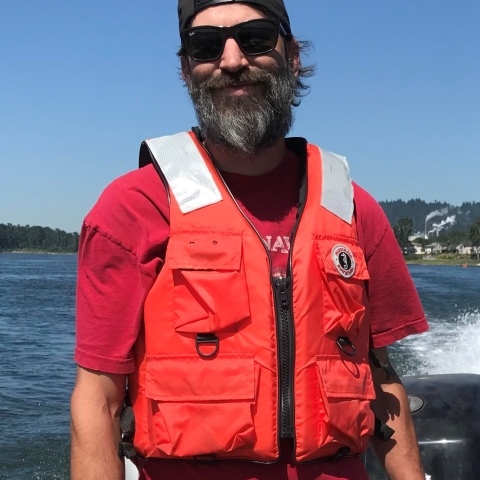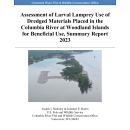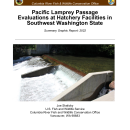
1211 SE Cardinal Court
Suite 100
Vancouver, WA 98683
United States
About Joe Skalicky
Joe hasbeen a fish biologist at the CRFWCO for his entire career starting back in 1995. His first project was an instream flow project where he modeled sturgeon habitat in the Hanford Reach. Joe has since worked on habitat and fish passage fish passage
Fish passage is the ability of fish or other aquatic species to move freely throughout their life to find food, reproduce, and complete their natural migration cycles. Millions of barriers to fish passage across the country are fragmenting habitat and leading to species declines. The U.S. Fish and Wildlife Service's National Fish Passage Program is working to reconnect watersheds to benefit both wildlife and people.
Learn more about fish passage assessments for dozens of species ranging from trout to lamprey. Most of his time now is focused on lamprey-specific passage assessments at barrier dams and fishways, and studying the effects of drawdowns on lamprey burrowed in sediment. Joe enjoys working with lamprey more than any other species!
Program: Passage and Habitat Assessment
Current Projects:
1. Designing and implementing field-based conservation and research projects for Lamprey and other native species
2. Coordinating with, Federal and State partners in Washington, Oregon, California, Alaska and Idaho to identify and reduce threats to Lamprey species
a. Leading the Pacific Lamprey main stem deepwater research projects
b. Leading Lamprey drawdown/stranding and passage assessment and remediation projects at hatchery fishways and barrier dams in the region.
c. Mortality and condition factor of larval lamprey passing through a suction dredge
d. Catchability of Western River Lamprey in Coastal Estuaries
3. Chairing the Juvenile Entrainment and Dredging Investigation (JEDI) subgroup of the Pacific Lamprey Conservation Initiative
4. Providing expertise for several Pacific Lamprey Conservation Initiative Technical Working groups
At CRFWCO since: 1995





